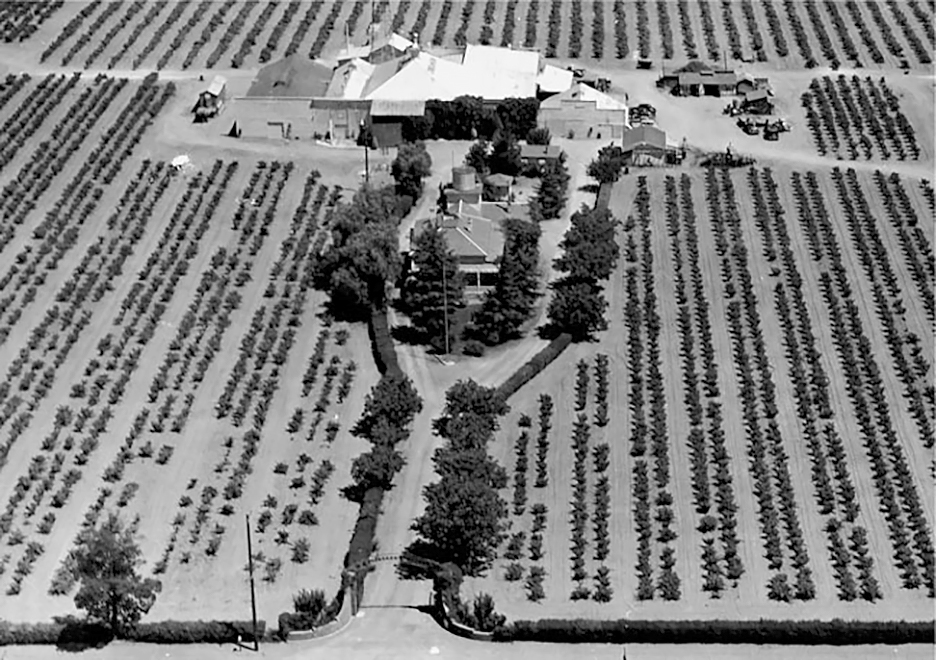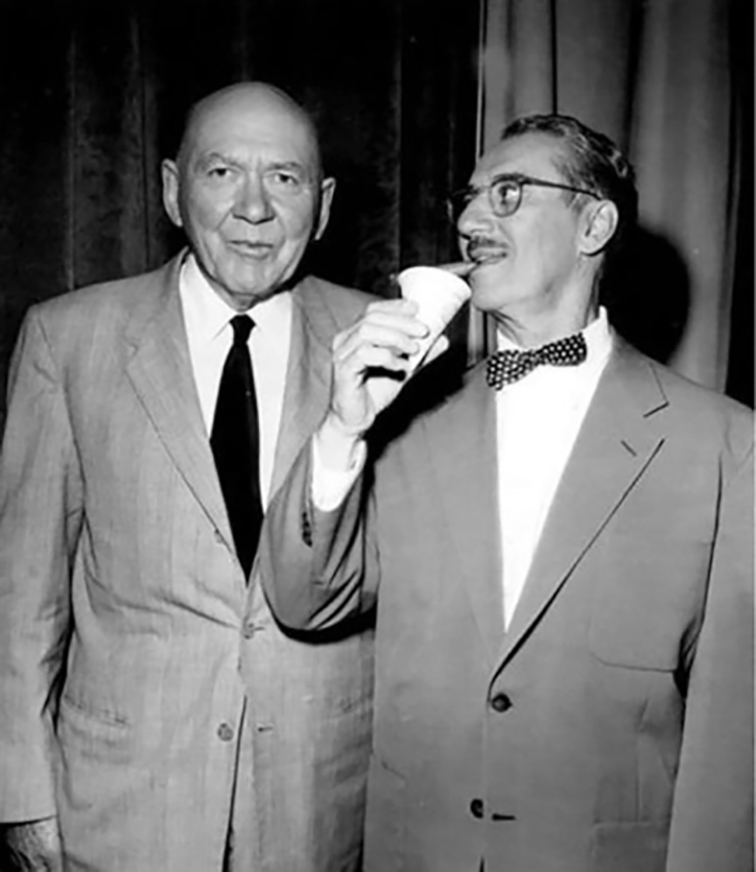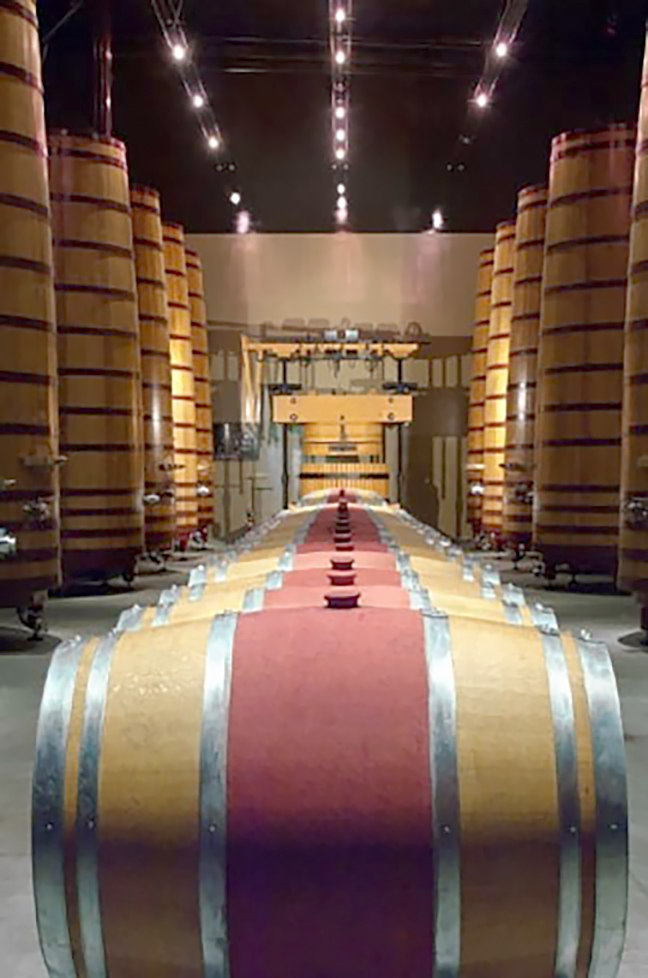Deep ruby color; black cherry, blackcurrant, boysenberry, blackberry, sweet oak, caramel, mocha, allspice, black pepper, violets on the nose and palate.
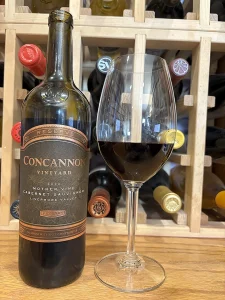
Dry; reserved tannins; balancing acidity (3.70 pH; 6.7 g/L TA). Medium body. Rich and smooth, elegant in the mouth. Blend of 90% cabernet sauvignon, 10% merlot. Harvested from Estate Block 7, Estate Block 17. The 2020 vintage was normal for bud break and flowering; challenges came from some summer heat spikes, Covid-19 limitations, and the Complex Fire that reduced air quality. Fortunately, smoke was not a significant issue in the Livermore Valley. Yields were down, but the fruit was concentrated from old vines. Concannon cabernet sauvignon clones 7, 8, and 11 have long set the standard for excellence. Some 80% of cabernet sauvignon planted in California are Concannon clones. The wine aged 19 months in 55% neutral oak, 27% new American oak, and 18% new French oak. 13.7% ABV
Founder James Concannon was born in Ireland on St. Patrick’s Day in 1847. Seeking adventure and opportunity, he immigrated to the U.S. in 1865 with one gold guinea in his pocket and “honor as his guiding star.” His parents gave him one order: “Wisdom Without Compromise.” That remains the Concannon Vineyard mission statement today.
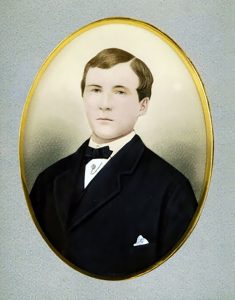
James believed the Livermore Valley terroir was strikingly similar to premier vineyards in Bordeaux. He established Concannon as the first successful California winery founded by an Irish immigrant, also Concannon as a founding family of the California wine industry. James studied at nearby UC-Berkeley. The website notes: “At the 1889 International Paris Exposition, the Livermore Valley stunned California and the entire world when it became the first American Wine Region to win international, Gold Medal Awards, including Grand Prix. This gave California the confidence it needed to pursue winemaking and begin introducing wine to the pleasures of the American table. They changed American culture forever.”
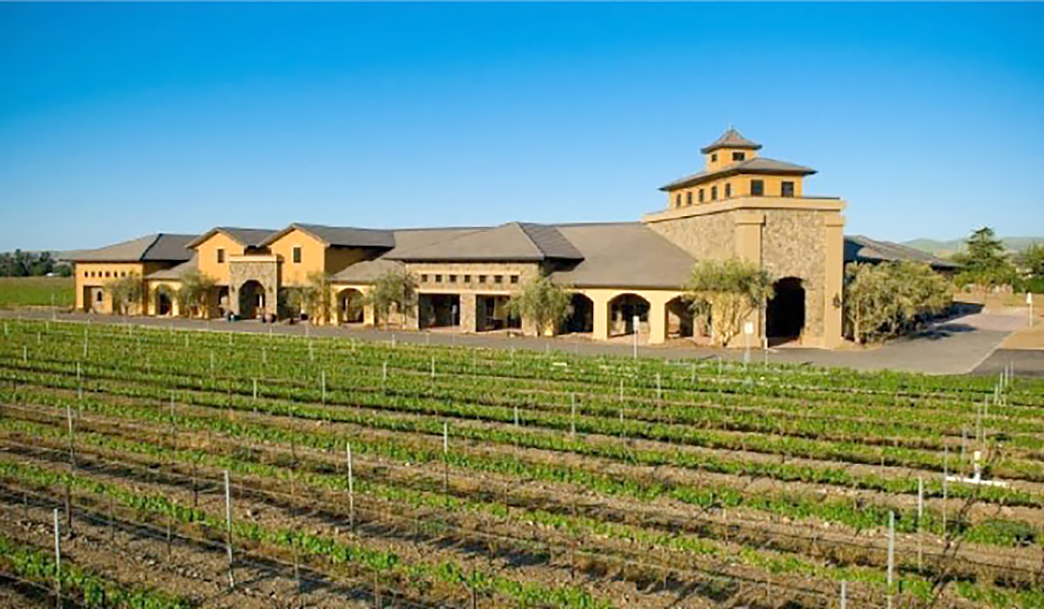
As did several California vineyards, Concannon—led by Joe, son of James—kept Concannon operating during Prohibition by making and selling sacramental wine. Once Prohibition idiocy ended, Joe Concannon became a founding member of The Wine Institute, championing quality wine growing. In the 1950s, Concannon hired one of the first technically trained female winemakers, Katherine Vajda, to serve as Concannon’s lead winemaker. Jim Concannon, grandson of James, became lead winemaker in 1960. He introduced America’s first petite sirah with his 1961 vintage. Today, Jim is known as “the father of petite sirah” in the U.S.

In 2008, John Concannon, the fourth generation, took over leadership. In 2009, Concannon was one of the first California operations to be Certified Sustainable. John also completed a revitalization project that included a solar-powered, small-lot winery and the restoration of the original historic winery.
Concannon Vineyard Mother Vine Reserve Cabernet Sauvignon, Livermore Valley 2020 is made using foundational California cabernet sauvignon clones from the mother vines. Features elegance over power, so avoid dishes with assertive seasoning. Excellent fruit and balance, smooth and easy in the mouth, a Cali cab that does not rely on brutish force to compel you to enjoy another sip with that bite of steak. $55
Pairing—Rosemary garlic roasted lamb, rack of lamb; grilled steaks, ribeye, New York strip; pan-seared filet mignon, beef tenderloin with herb crusts. Pork tenderloin, pork chops. Roasted chicken. Pasta with rich tomato-based sauces, spaghetti Bolognese, lasagna. Comfort foods: burgers and sliders, meatloaf, shepherd’s pie, meat-lover pizza. Eggplant parmesan, roasted root vegetables. Cheese—Aged cheddar, Goot Essa Mountain Valley Sharp Cheddar (aged three years), aged gouda (particularly aged 18 months), gruyère; sheep’s milk cheeses, aged pecorino, aged manchego. Avoid strong blue cheeses, soft creamy cheeses (fresh brie, camembert).
